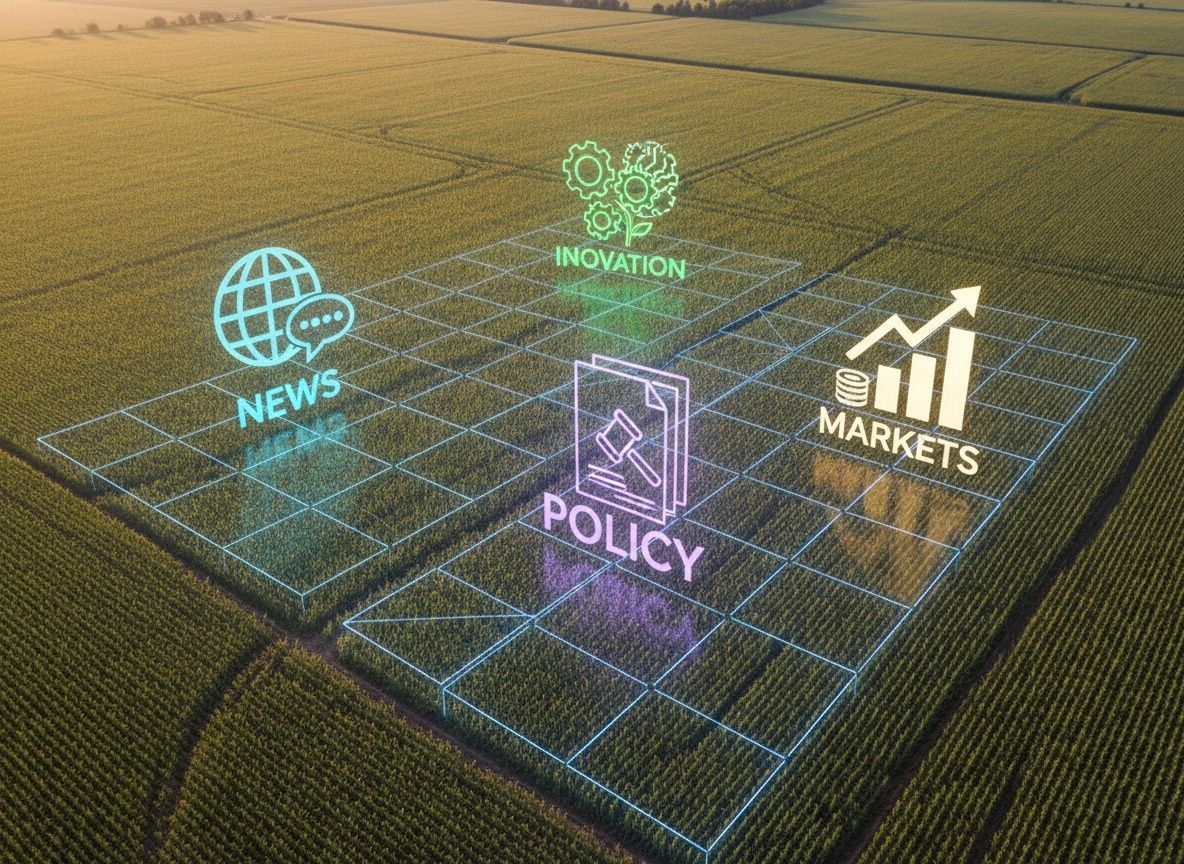Avoid Costly Mistakes: What Farmers Need to Know Before Applying Anhydrous Ammonia to Dry Soil
With dry conditions persisting, applying anhydrous ammonia may not be your best move right now. Not only could it be a waste of money, but it could also harm the environment. Here’s what you need to know before you pull the trigger.
Why Dry Soil is a Problem
Moisture is essential for holding ammonia in the soil. When you apply anhydrous ammonia to dry, cloddy soil, the lack of moisture prevents the ammonia from attaching to clay or organic matter. This can result in significant losses either during injection or as ammonia seeps through the large pores between soil clods after application.
Key Signs to Watch for
When applying anhydrous ammonia in dry conditions, be mindful of what's happening in the field. Here are a few critical signs that something’s off:
- Ammonia escaping: If you smell ammonia or notice white vapor (which is actually water vapor), it’s likely escaping.
- Cloddy or smearing soil: If the soil breaks into clods, or the knife smears through the soil, the ammonia may not be held in place.
- Poor soil coverage: If there isn’t good coverage of the knife track with loose soil, the ammonia is at risk of escaping.
What You Should Do
Consider adjusting your equipment or waiting until soil conditions improve, such as when there’s better moisture or structure. Soil temperature is also key—aim to apply when soil temps are 50°F and falling.
Applying anhydrous ammonia to dry soil can result in wasted inputs and environmental harm, so stay aware and make adjustments as needed to protect both your bottom line and the environment.








